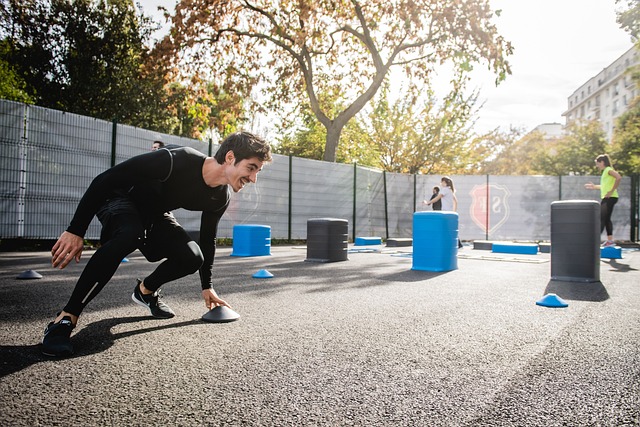July 31, 2023
In 2022, 1.51 million people were employed in the sports sector in the EU, representing 0.8% of total employment. This represents an increase of 10.9% in the number of people employed in the sports sector compared with 2021 (1.36 million). The sports sector includes economic activities and occupations such as in sport teams and clubs, trainers, independent athletes, fitness centres and activities for the promotion and management of sport events.
Among the EU members, Sweden had the highest share of people working in the field of sport (1.4% of total employment), followed by Finland, Denmark (both 1.2%), Spain and France (both 1.1%). In contrast, the lowest shares of people employed in the sports sector were registered in Romania (0.2% of total employment), Bulgaria (0.3%), Poland and Slovakia (both 0.4%), and Croatia and Lithuania (both 0.5%).
Men outnumber women in employment in sport
For employment in the sports sector, more men were represented than women (55% and 45%, respectively), leading to a slightly larger gender employment gap compared with overall employment (54% and 46%, respectively).
More than a third working in sport are aged 15-29
Employment in sport differs from total employment in terms of age groups. More than one third (35%) of people employed in sport were aged 15-29, more than twice the share observed in overall employment (17%) in 2022.
The age group 30-64 years old had the highest share of people employed in sport, accounting for 62% of all sport workers, which is 18 percentage points (pp) less than the proportion reported for total employment (80%). People aged 65+ accounted for 3% both in the sports sector and in total employment.
Almost half the people employed in sport have a medium level of education
Almost half (46%) of those employed in the sports sector had a medium level of education (International Standard Classification of Education (ISCED) levels 3-4), followed by those with higher (tertiary) education (ISCED levels 5-8) at almost 40%, which is 2.4 pp higher in sport than in total employment. People who achieved lower education (ISCED levels 0-2), accounted for 14% of employment in sport.
Source: Eurostat
Legal Notice: The information in this article is intended for information purposes only. It is not intended for professional information purposes specific to a person or an institution. Every institution has different requirements because of its own circumstances even though they bear a resemblance to each other. Consequently, it is your interest to consult on an expert before taking a decision based on information stated in this article and putting into practice. Neither Karen Audit nor related person or institutions are not responsible for any damages or losses that might occur in consequence of the use of the information in this article by private or formal, real or legal person and institutions.








